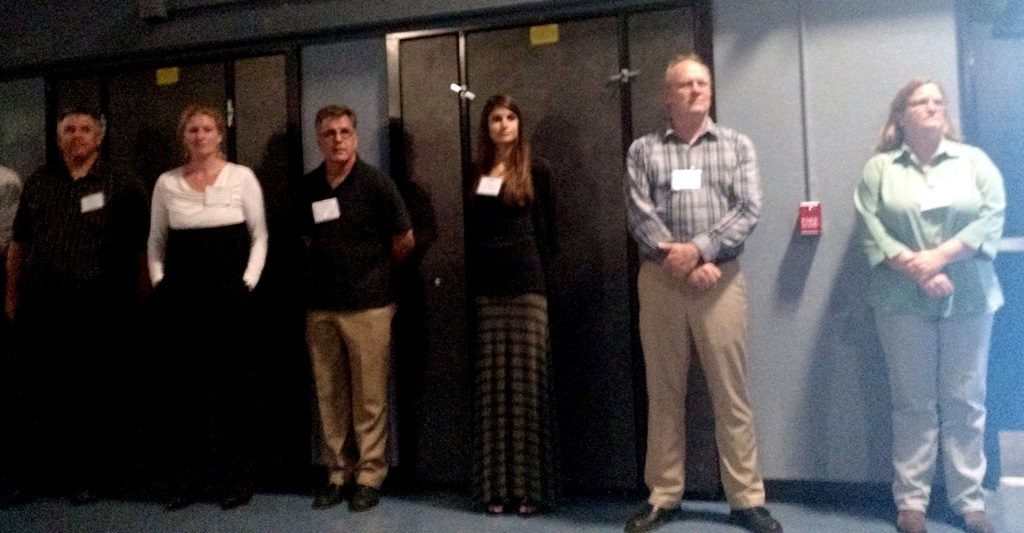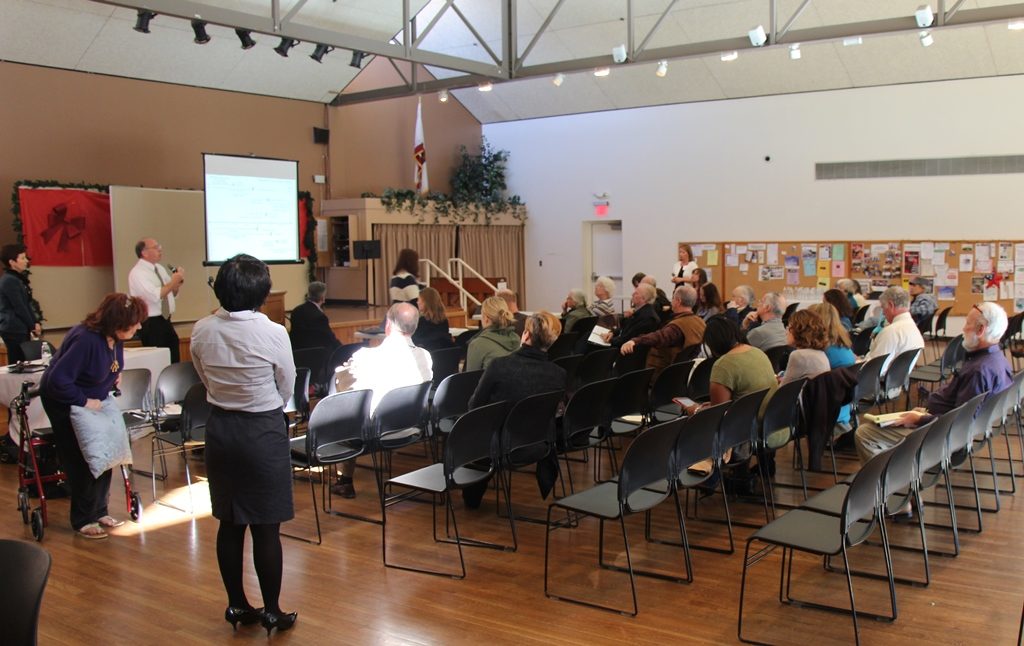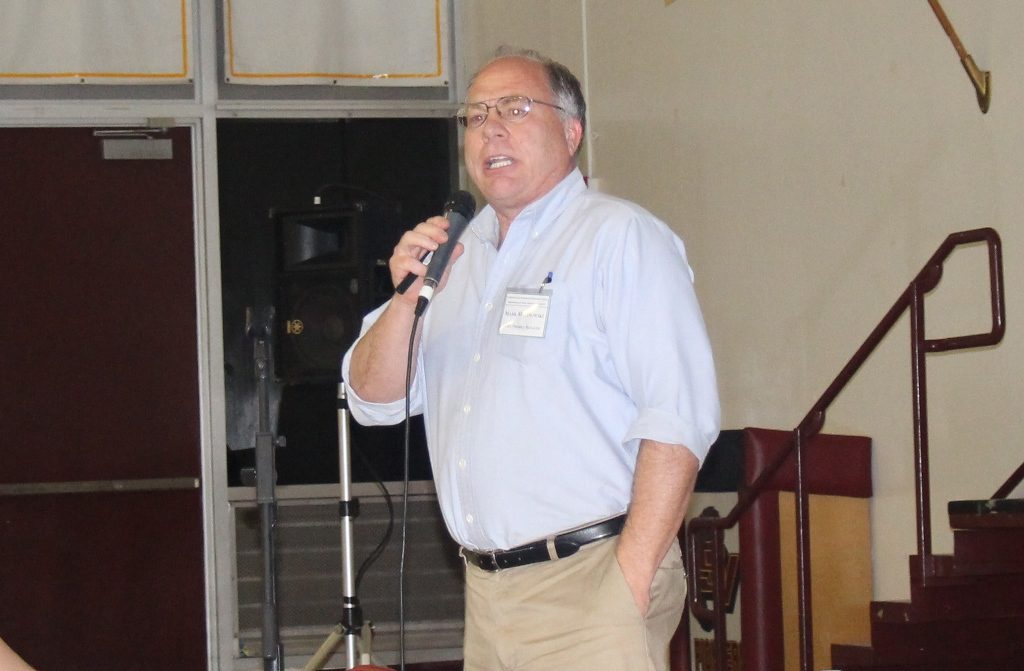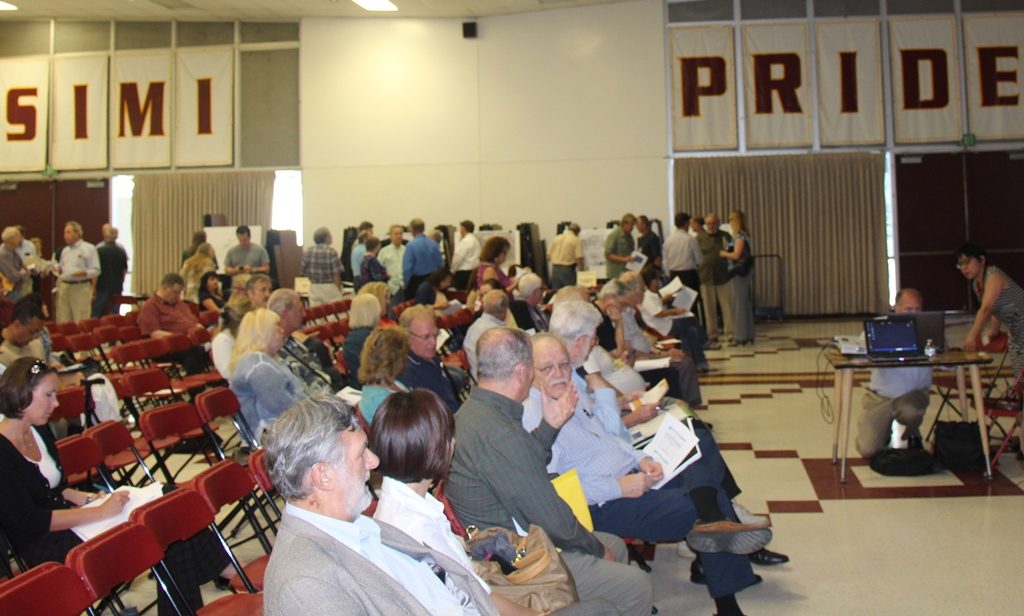
9. Page 4/7: “Sample results within the SSFL Northern Buffer Zone showed most of the data does not differ from local background conditions (e.g., are naturally occurring). The results on the BBI property also showed no grouping or pattern for the limited number of samples that exceeded local background levels.”
[ER NOTE: FALSE – See 6A, 6B & 6C]
10. Page 4/7: “Together, results from the BBI and SSFL studies support the conclusion that the overall distribution of radionuclides remains on SSFL and has not migrated offsite onto BBI. Additional, more recent sampling results also confirm this.”
[ER NOTE: TRUE & FALSE – True: See 5 because the studies DTSC looked at didn’t include the ones with the recent and revealing data as exposed by EnviroReporter.com. False because the notion that no contamination got offsite is disproved repeatedly in “Brandeis-Bardin’s Toxic Denial.” One example of this is the report DTSC didn’t include in this ‘white paper’ DTSC itself sent to EnviroReporter.com in January 2016.
The 239 page study for the DOE was called “Department of Energy (DOE) RCRA Facility Investigation Groundwater Work Plan Portions of Area IV under DOE Responsibility.”
A trio of Brandeis-Bardin wells called RD-59A, RD-59B and RD-59C yielded some shocking results with Area IV’s nuclear contamination fingerprints. RD-59A, monitored from 1989 to 2011, was recorded as having a filtered reading of Cadmium-113m of 9,700 picocuries per liter (pCi/L). The well was subsequently recommended for future sampling because “Cadmium-113m neutron activation of Cadmium-112 used in reactor control rods – possibly site process related.” [Report emphasis] That means it migrated from Area IV of the Santa Susana Field Laboratory down into Brandeis-Bardin obliterating the ‘it didn’t get offsite’ misinformation. EnviroReporter.com is frankly amazed that this information wasn’t censored from the report.
RD-59B also directly tied Area IV’s radiation contamination spreading offsite in Brandeis-Bardin’s groundwater. The well tested positive for radioactive Tin-126 as noted earlier but bears repeating in this technical page. The DOE report advocated continued testing of this well too. “Tin-126 is a fission product and is possibly site process related.” [Report emphasis] Again, this goo came from Area IV according to the Department of Energy which is responsible for its cleanup should AJU emerge from its toxic denial.]

11. Page 4/7: “In 2016, American Jewish University retained an independent, third party contractor to evaluate environmental conditions at the BBI campus. Based on review of prior studies, the 2016 Brandeis Study concluded that to date, no study has ever found harmful levels of radiation or chemical contamination on the BBI campus.”
[ER NOTE: FALSE – See 3C, 3D, 3E, 4A, 6B & 10]
12. Page 5/7: “To determine the PRG for the BBI property, DTSC considered what contamination concentrations would pose a risk to people living on the property for 26 years (six as a child and 20 additional years after that) 24 hours a day, 350 days out of the years. In other words, DTSC used a health protective residential scenario that provided for much more potential exposure than the limited amount of time that visitors, campers, students, faculty and staff use the facility.”
[ER NOTE: IRRELEVANT BAIT AND SWITCH – By coming up with confusing and mysterious numbers for Cs-137 and Sr-90’s PRGs, DTSC obscures the fact that it has deviated from the simpler cleanup up to background stratagem like the agreement for remediation of NASA and DOE’s contamination on and off the SSFL site. As will be seen immediately following, this bad science makes sure Brandeis-Bardin is on the losing end of the cleanup equation because it either won’t get any or any remediation done will allow vastly more amounts of goo than background levels.]

13. Page 5/7: “DTSC calculated the PRG for Sr-90 soil to be 3.12 pCi/g.”
[ER NOTE: HUGE INCREASE IN Sr-90 LIMIT – Through a series of calculations, DTSC came up with PRGs for cesium-137 and strontium-90 and made these PRGs the ‘goal’ much like BTVs are the goal in the DOE and NASA clean ups next door in SSFL. However, that’s where the similarity ends. While the Cs-137 PRG is nearly equivalent to its BTV, the Sr-90 PRG is over 42 times its BTV.
How could that be? It’s simple math. DTSC’s PRG for Strontium-90 in Brandeis-Bardin soil is 3.12 pCi/g. The Sr-90 BTV from the EPA’s October 2011 report, on page 282 of its 286-page PDF, is 7.35E-02 pCi/g = 0.0735 pCi/g.
Therefore the DTSC Sr-90 PRG for Brandeis-Bardin is 42.6 times the EPA’s BTV for SSFL. According to the very same DTSC, it is required to remediate Area IV’s Sr-90 hotspots to background but the goal for the same deadly, manmade radioisotope at the Jewish camp is 43 times higher. Why does it matter to human health? What is known is that no amount of low-level radiation exposure is safe. In late July 2005, the prestigious National Academy of Sciences came out with a milestone report that confirmed this. “The scientific research base shows that there is no threshold of exposure below which low levels of ionized radiation can be demonstrated to be harmless or beneficial,” said Richard R. Monson, the panel chairman and a professor of epidemiology at Harvard’s School of Public Health.
In addition, the highest reading of Sr-90 found by AJU’s contractor Tetra Tech was 2.45 times its Area IV BTV. What is particularly astonishing, statistically and policy-wise, is that this high strontium-90 detection was pulled from the scant 14 samples Tetra Tech took. Yet that alarming reading rang no bells with AJU and DTSC and the reading was dismissed using the bloated PRG with this statement: “The single low-level Sr-90 soil detection (0.18 pCi/g) is below the 3.12 pCi/g residential PRG.”
13A. Page 6/7: “Based on both monitoring results and analysis of the extensive chemical sampling conducted at BBI, DTSC concludes that the low concentrations of chemicals found in drainage channels on the Brandeis Bardin property, likely represent natural background.”
[ER NOTE: FALSE – See 3C, 3D, 3E, 4A, 6B & 10]

14. Page 6/7: “The US EPA results indicate that SSFL related radionuclide contaminants are not migrating off the SSFL site. US EPA’s comprehensive radionuclide study supports DTSC’s findings that people at the BBI property are not expected to be at risk from exposure to radionuclides from Area IV.”
[ER NOTE: FALSE – The US EPA report didn’t indicate whether “radionuclide contaminants are not migrating off the SSFL site” one way or the other. US EPA also never claims whether people will be at risk or not at a site with contaminants so saying it signed off on Brandeis-Bardin is false, so DTSC, with no basis whatsoever, makes this misleading claim. Also note use of the word “expected” making the statement completely useless. DTSC can’t actually say “people at the BBI property will not be at risk from exposure to radionuclides from Area IV” because the department has no proof that this is so. Indeed, US EPA told DTSC in no uncertain terms that a representation to that effect in EPA’s name is not true. In this ‘white paper’ DTSC has again boldly lied that US EPA said Brandeis-Bardin is safe. That alone disqualifies this ‘white paper’ from serious consideration. That said, EnviroReporter.com will continue this analysis because it is necessary and contains more astonishing revelations. No other media has done this in-depth analysis which is precisely what DTSC probably counts on.]












Recent Comments